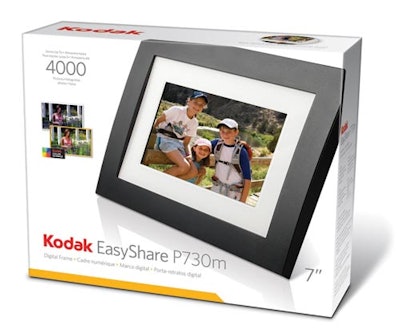
RETAINING EQUITIES. In traditional stores, Kodak uses color cues significantly to call out three groups of its digital picture f
Though the right package may be on store shelves, the equities expressed there often come up short online. Create synergy between the store and the Web for increased sales.


